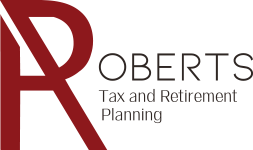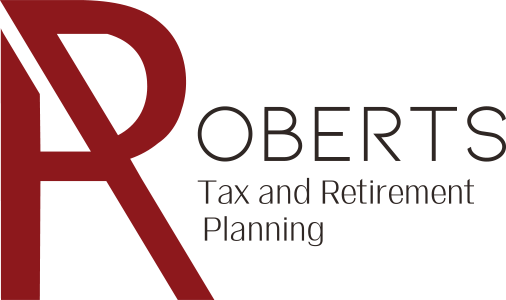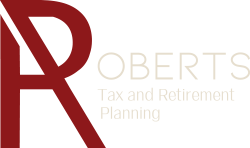Investing is usually described as if you’re taking a sharp plunge into financial self-determination that will almost always end on a path filled with rocky cliffs and hefty risks to your retirement and overall net worth. It is either too complicated, because even the experts don’t quite know how to predict a market, or it’s too abrupt, where single stocks can swing wildly up and down over the course of a day or a month, or it’s just too risky, because the most popular news about investing as when investing goes wrong. But like any other activity or enterprise, investing at its most basic is pretty simple and approachable; it’s only when you get to the expert level or try a few riskier moves that its typical reputation is deserved. Systematically shedding light on some of the notable issues and concerns with investing is a good step forward, and learning about investment taxes will get rid of one central obstacle that seems insurmountable.
Pre-tax vs. post-tax investing — Is there a clear strategy?
One of the first things that you see whenever you crack open a retirement book is a chapter or diagram comparing Traditional IRAs (in which you invest money before it’s taxed and instead you pay taxes when you withdraw money) and Roth IRAs (in which you pay taxes before you invest your money and so don’t have to pay taxes later). There are multiple arguments for which one you should focus on in any given year and whether focusing on one over the other will lead to you having more money when you retire .
What does that have to do with you paying taxes now? Regardless of where you fall on the Traditional IRA vs. Roth IRA argument, investing in a traditional IRA before Tax Day can impact your previous year’s tax bill on tax return. For example, if over the whole year of 2017 you don’t invest that either type of IRA and then in January or February of 2018 you’re starting to put together your taxes, you can retroactively lower your total amount of taxes due by investing up to the total of $5,500 into a traditional IRA. Any money you have invested in a pre-tax account, like a Traditional IRA or a 401(k), is not considered taxable income. Depending on your marginal tax bracket, this could either lower you a step in the tiers and lower your taxes, or else just lower your taxes. Either way, it’s a smart incentive to put away as much money for retirement as you can manage. Contact Roberts Tax Advisory here for more tips and strategies on saving away money for retirement and daily life through your taxes.






